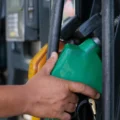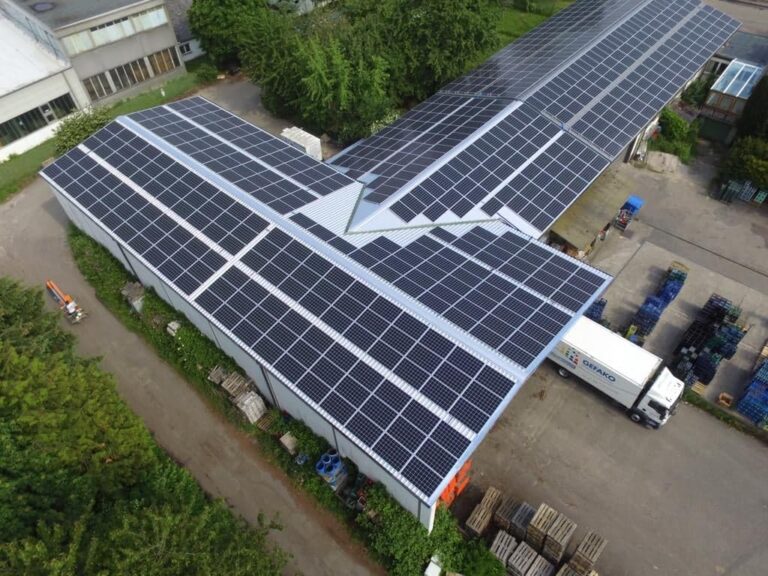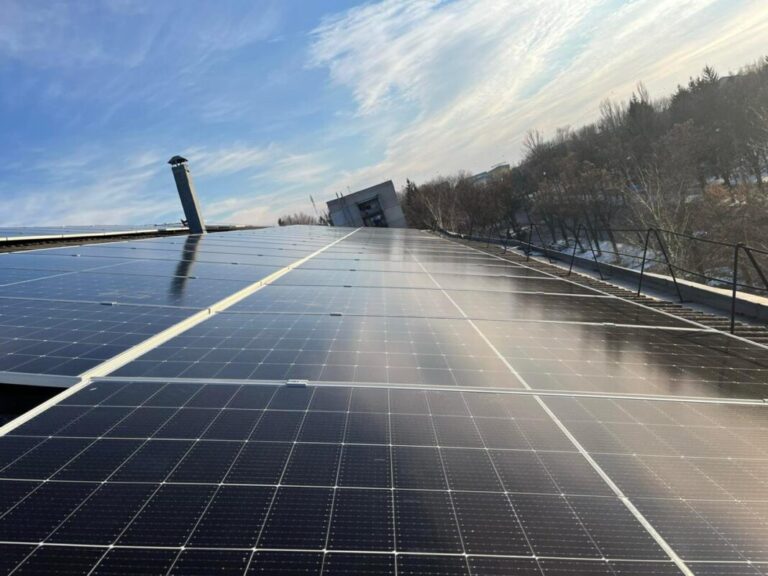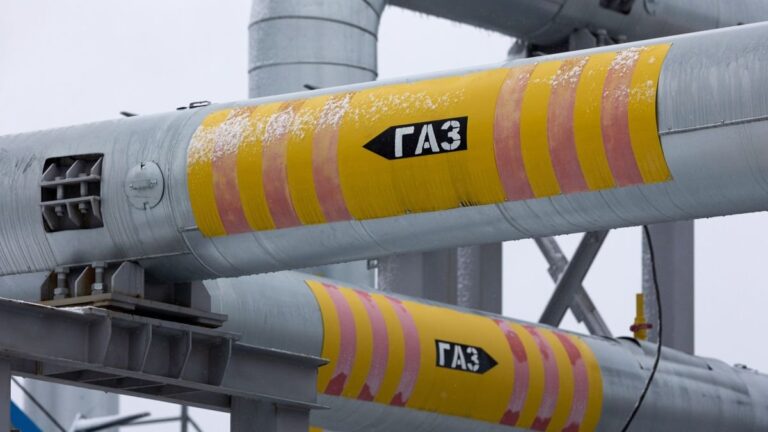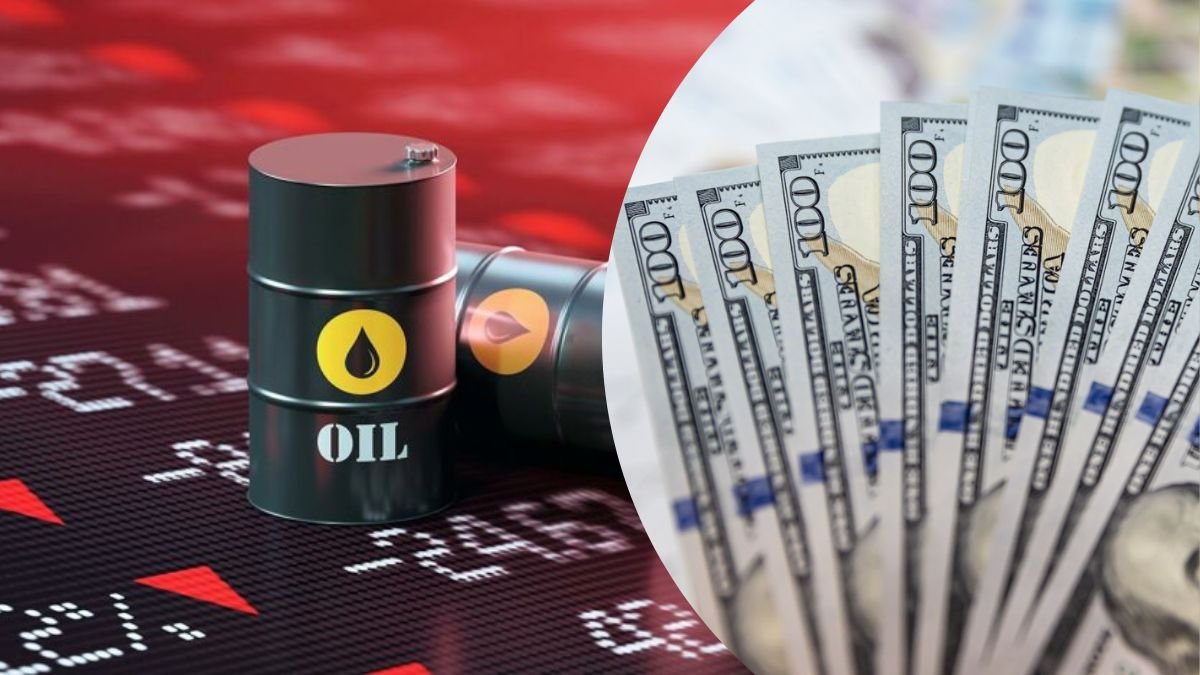
Why Did Global Oil Prices Fall in October 2025? Impact on Ukraine and the Fuel Market
The global oil market in October 2025 is showing one of the sharpest corrections in recent months. Benchmark oil prices have fallen to three-month lows, and recent events have only added to the nervousness among market players. At the same time, these changes are not yet translating into significant reductions in retail fuel prices at Ukrainian gas stations, even though the wholesale market shows a more pronounced dynamic. Let’s analyze what is happening and what to expect next.
The main reason for the drop in oil prices is the new OPEC+ plans to increase production. On Sunday, October 5, the cartel announced its intention to increase oil production by 137,000 barrels per day starting in November. Since the beginning of the year, OPEC+ countries have ramped up production by 2.7 million barrels per day, which accounts for 2.5% of total global demand. The goal of this policy is to regain market share previously taken by American shale oil producers after a long period of quota restrictions.
Another contributing factor was the resumption of the Iran-Kurdistan oil pipeline. This immediately increased the available oil supply, resulting in market oversupply. Prices were also affected by forecasts of a surplus in the coming months, due to refinery shutdowns worldwide for maintenance and the end of the peak consumption season.
Geopolitical factors should also be mentioned among the drivers. In particular, amid news of peace talks between the Trump administration and Hamas, market participants perceived a signal that the risk of escalation in the Middle East was decreasing.
As of the evening of Friday, October 3, November Brent futures rose by $0.42 per barrel, or 0.61%, to $64.53 per barrel, and WTI increased by $0.40, or 0.66%, to $60.88 per barrel. Meanwhile, prices fell by more than 8% over the week. The week saw a record drop, although on Friday, prices rebounded slightly from their lows.
Why This Won’t Immediately Affect Ukrainian Fuel Prices
Experts agree that the current drop in oil prices will not lead to an immediate decrease in fuel prices at Ukrainian gas stations. There are several reasons for this:
- First, networks traditionally hold prices, anticipating a possible increase in excise taxes in the new year.
- Second, fuel is mostly imported for foreign currency, and the national currency weakened this week: the dollar rose to 41.30 UAH, the euro to 48.50 UAH, according to the NBU.
- Third, logistics, reserves, and supply rhythms often smooth out sharp market fluctuations.
As of October 3 compared to September 26, the average price of A-95 gasoline at gas stations fell by only 0.03 UAH/l (to 58.93 UAH/l), and diesel also dropped by 0.03 UAH/l (to 55.87 UAH/l). The retail market has barely changed since June.
Wholesale Market Responds Faster
On Ukraine’s wholesale market, the dynamics are more noticeable:
- Diesel fuel decreased by 0.49 UAH/l to 47.17 UAH/l.
- Wholesale A-95 gasoline dropped by 0.13 UAH/l, with the average wholesale price at 48.61 UAH/l.
- Gasoil prices on the London exchange fell by $6.40/ton (-0.9%) to $663.75/ton.
- In European ports, A-95 gasoline dropped by 2.1-2.9% ($700-722/ton in NW Europe, $674-685/ton in the Mediterranean).
Autogas Is Becoming More Expensive: Logistics and Seasonal Factors
The situation with autogas (LPG) is different. According to Naftorynok, the average wholesale price rose by 1,276 UAH/ton to 54,931 UAH/ton between October 1 and 3. Several factors contributed to this increase:
- Repairs at Lithuania’s ORLEN terminal, through which a significant share of imports passes;
- Rising LPG prices in the Mediterranean: Sonatrach published new rates propane rose by $20/ton to $470/ton, butane by $40/ton to $465/ton.
- Lack of alternative cheap sources (resources in Poland and from the Hungarian company Mol are expensive).
Regional data shows: the largest price increases were seen in Sumy (+6.3%), Zaporizhzhia, Poltava, Kharkiv, and Dnipropetrovsk regions.
At gas stations, the autogas price increased only slightly by 0.05 UAH/l to 34.2 UAH/l. However, analysts predict that it may rise by 0.20–0.30 UAH/l over the week if the wholesale market continues to grow.
Post List
What Experts Predict and How Networks Will Respond
Dmytro Lyoushkin, founder of the Prime group of companies:
“This week, gasoline and diesel prices at gas stations will remain unchanged. In wholesale, there may be a decrease due to falling oil prices. If Brent approaches $60/barrel, gas station prices may proportionally decrease in a few weeks. But if prices stay in the current range of $65-70/barrel, there’s no reason to expect a drop at the pump by the end of the year.”
Mykhailo Shuban, founder of Sintonec LPG:
“This week, retail will start responding to previous changes in the wholesale market, so the average LPG price at gas stations may rise by 0.20–0.30 UAH/l over the week. There are no alternative sources of cheap gas: resources in Poland and from Hungary’s Mol are expensive.”
The Ukrainian fuel market is currently balancing between global trends and domestic pricing inertia. The drop in oil prices creates an opportunity for lower wholesale prices, but retail remains stable due to currency factors, excise tax expectations, and the cautiousness of market players. The rise in autogas prices is due solely to logistics and a shortage of alternative imports.
In the coming weeks, consumers may see only mild marketing promotions at gas stations and minor changes in autogas prices. The main trend is turbulence, but not panic: operators are waiting for global market stabilization and new signals from the government regarding taxes.
For drivers, this means: there will be no quick “gifts” in the form of price drops, but neither is there a real risk of a sharp spike in prices right now.







